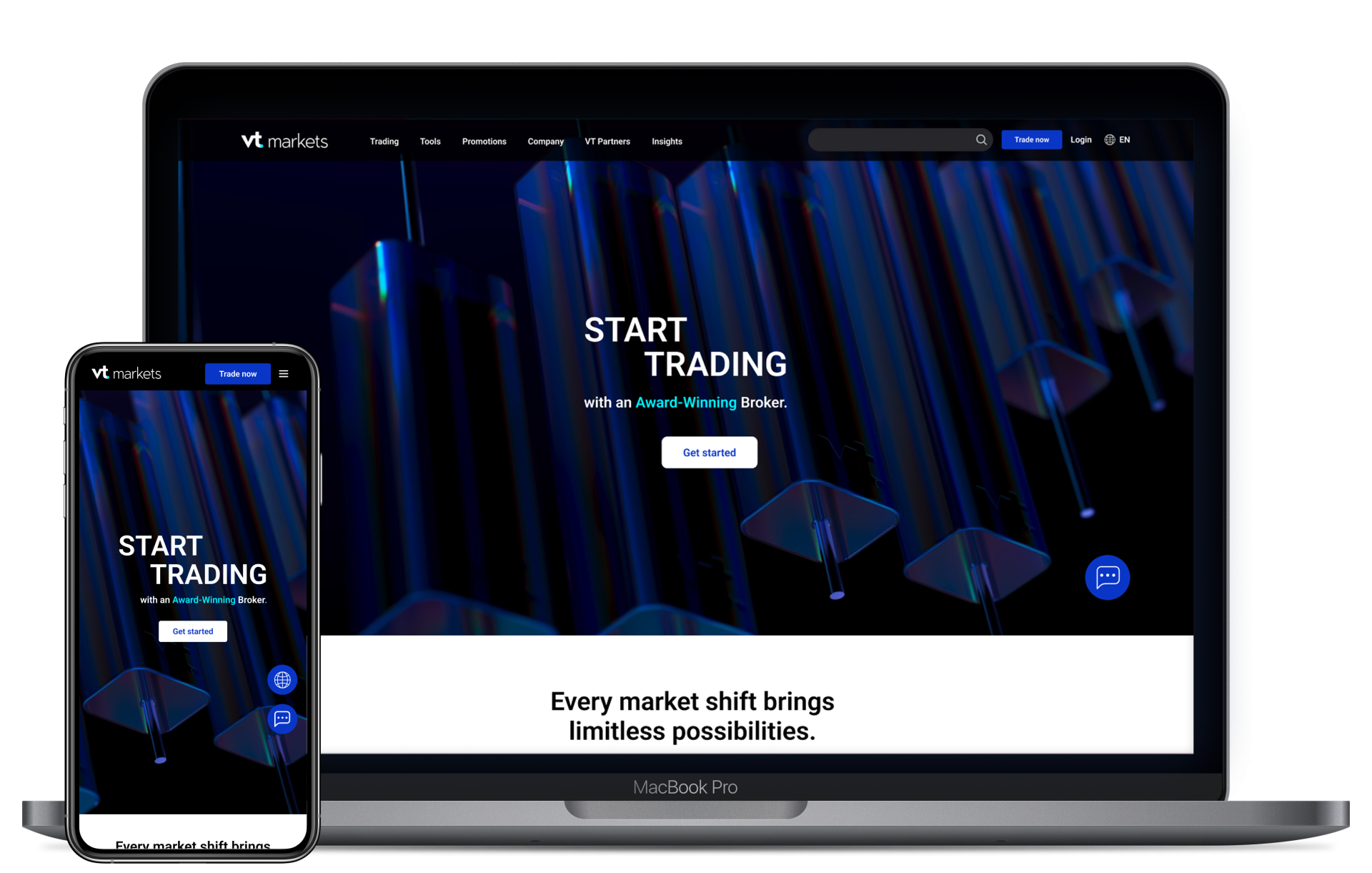Whether you are learning to trade forex for the first time or you have already spent years honing your FX strategy, spreads are something you need to know about. These important data points give you insight into how much your positions will cost, as well as offering other indications of market conditions.
But this is only a very basic overview. So what is a forex spread exactly, and what does this mean for traders? How do you read and analyse the FX spread data you encounter? Here’s what you need to know.
What are spreads in forex trading? A spread in forex relates to a currency pair or currency correlation and is a representation of the difference between the buying and selling prices for this particular pair on the FX market. The buying price is sometimes known as the bid price, while the selling price is known as the ask price. Spreads are not unique to forex, and traders in other financial markets — including the equities market — will need to be aware of the spread value and what it means.
To calculate the FX or money spread, you need to subtract the price to sell the currency pair (the ask price) from the price to buy the currency pair (the bid price).
The forex spread value serves an important function — it tells traders how much they will need to pay when they open a position on the FX market. This is why it’s important to understand how to calculate the spread cost in forex.
To make this calculation, you will need to know the size of the position you plan to open and the spread value in pips. For example, an AUDUSD pair spread is 0.6 pips or $0.00006.
Let’s say you are trading a standard lot of the currency in question — this is 100,000 units.
0.00006 x 100,000 = 6
The cost to the trader is $6.
The greater the spread, the greater the cost to the trader when they open a position in the market. This is why traders generally look for narrower, lower-cost spreads before they decide to open positions.
SPREADS AND LEVERAGE
Using leverage in forex is a popular technique for traders who want to increase their exposure to market forces. Generally, traders only have enough available capital to open small positions in the market — positions with relatively low levels of exposure. This means their potential returns — and their potential losses — are limited. You will either have to achieve success in a large number of trades to make a significant return or keep your position open for a very long period of time. Neither strategy guarantees that the trader will make money.
To enhance and augment exposure to risk and volatility, traders often turn to leverage. When you use leverage, you are borrowing capital with which to open your position. So, if you leverage a position at a ratio of 20:1, you are borrowing $20 for every $1 from your own trading account balance. This increases the potential benefits of a forex trade , but also increases the risk to the trader themselves. Basically, in the above example, potential returns are multiplied by 20 — but remember, you’ll also need to pay this leveraged money back after the transaction, so tread carefully.
Unfortunately, the spread will also be magnified when you choose to leverage a position, along with the trading costs. In the above example, you’ll pay 20x more to open your position than you would without leverage. Again, this is a reason to approach leverage with a careful and research-backed approach.
In some cases, a change in the spread may result in a margin call. Movements and changes to the spread volume are common and can be caused by changes in volatility or liquidity, as well as a range of global economic and geopolitical factors. However, significant movements can also cause problems and may result in the position being closed and liquidated.
Margin calls occur when traders are no longer able to service their open positions.
This can happen for a number of reasons — leverage and excessive losses are behind most margin calls, as traders can quickly find themselves out of their depth on a position if the market moves in an unexpected direction. FX spread changes can also trigger these calls if the cost of keeping the position open exceeds the available funds in the account. You may add funds to your account to keep the position open, or you may decide that the spread has become too unfavourable to continue, and instead accept the liquidation.


